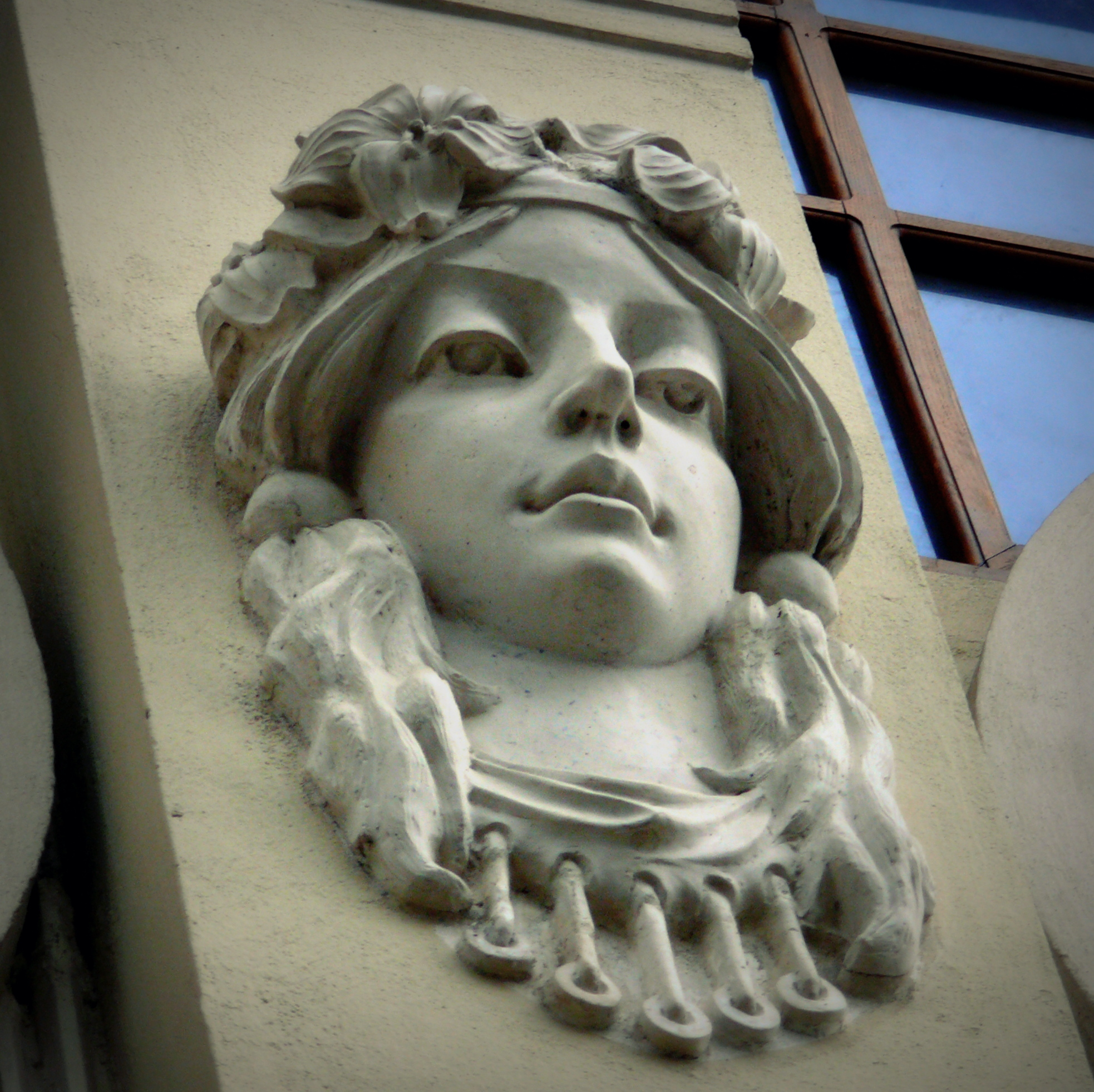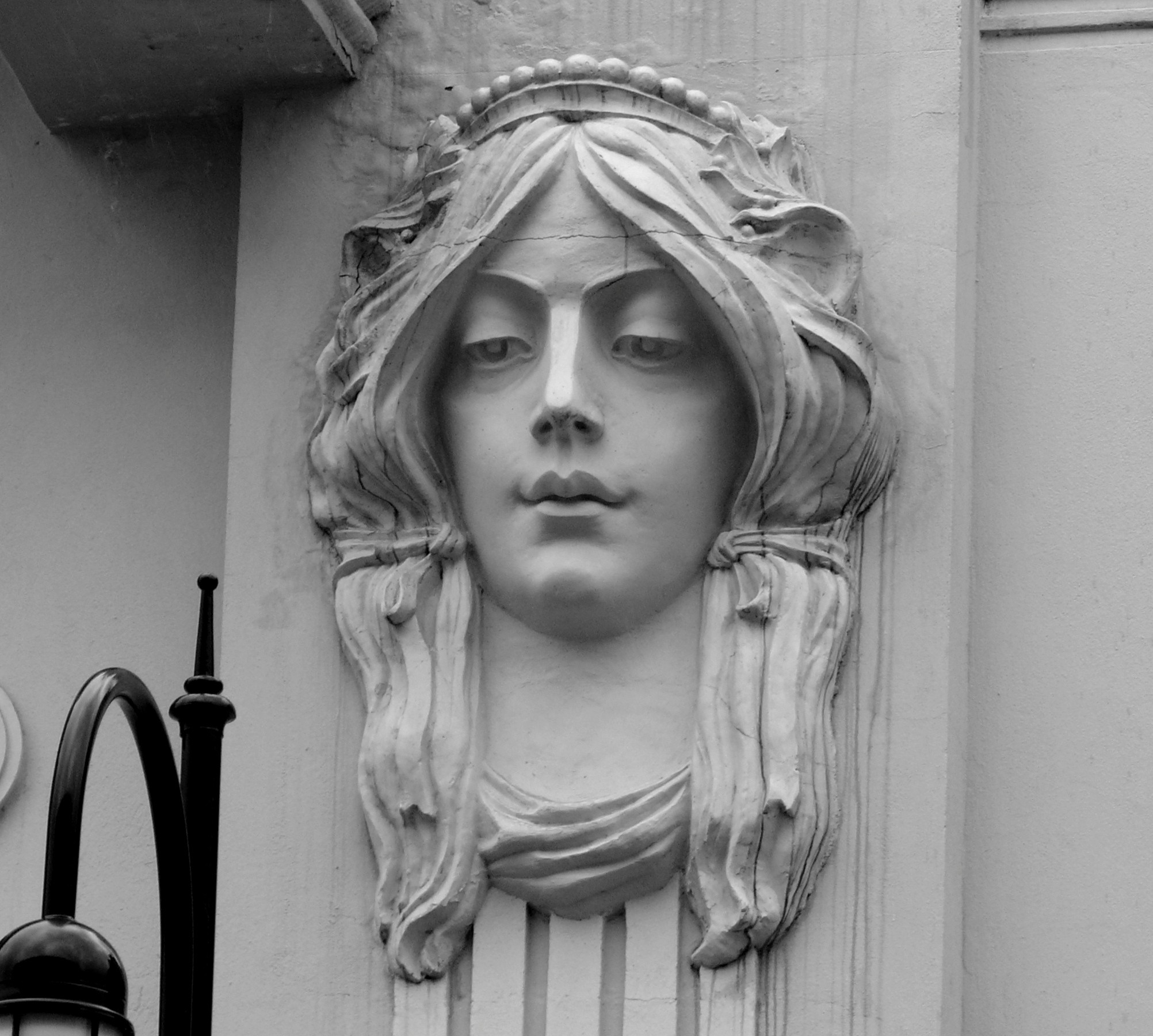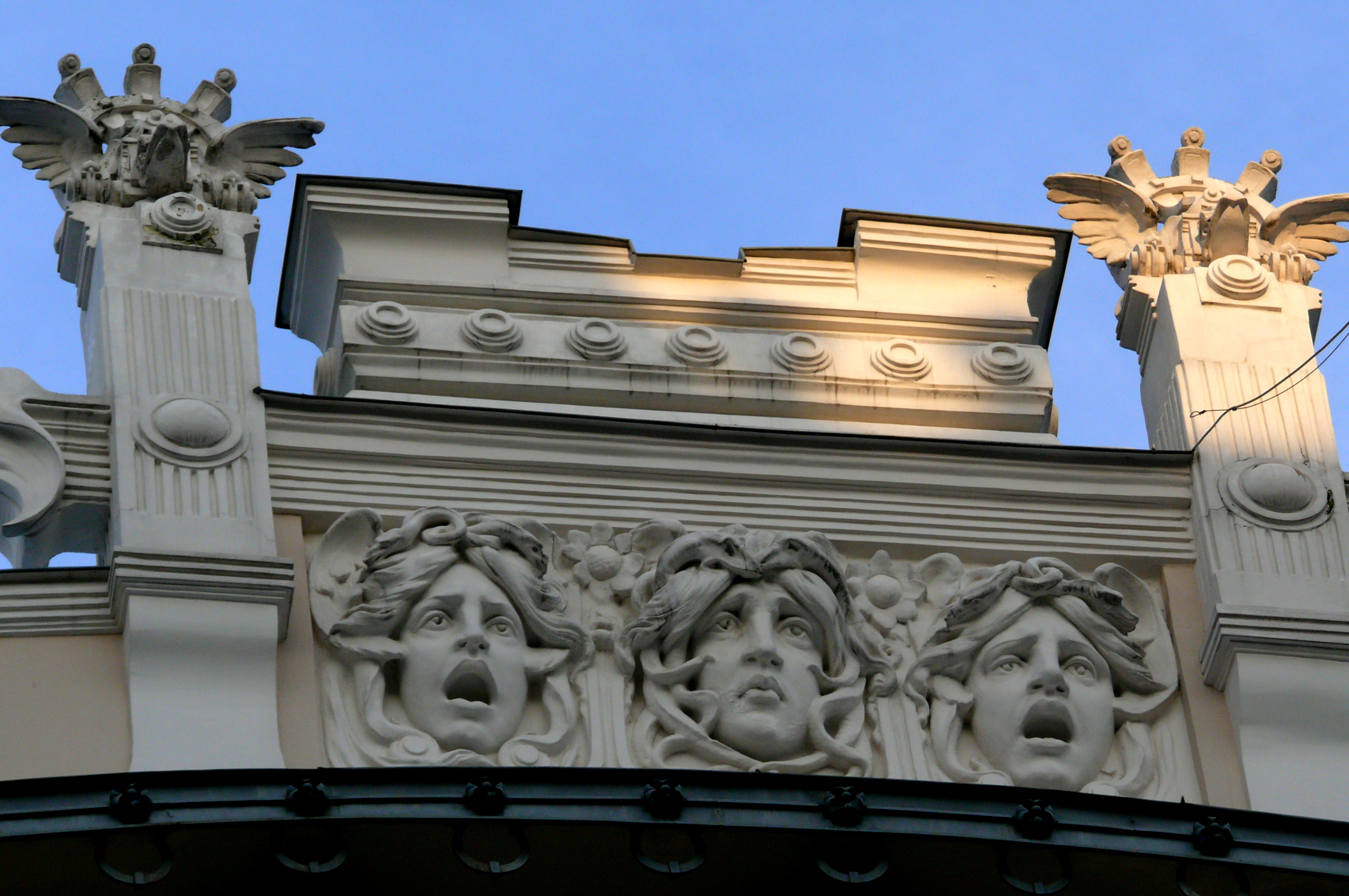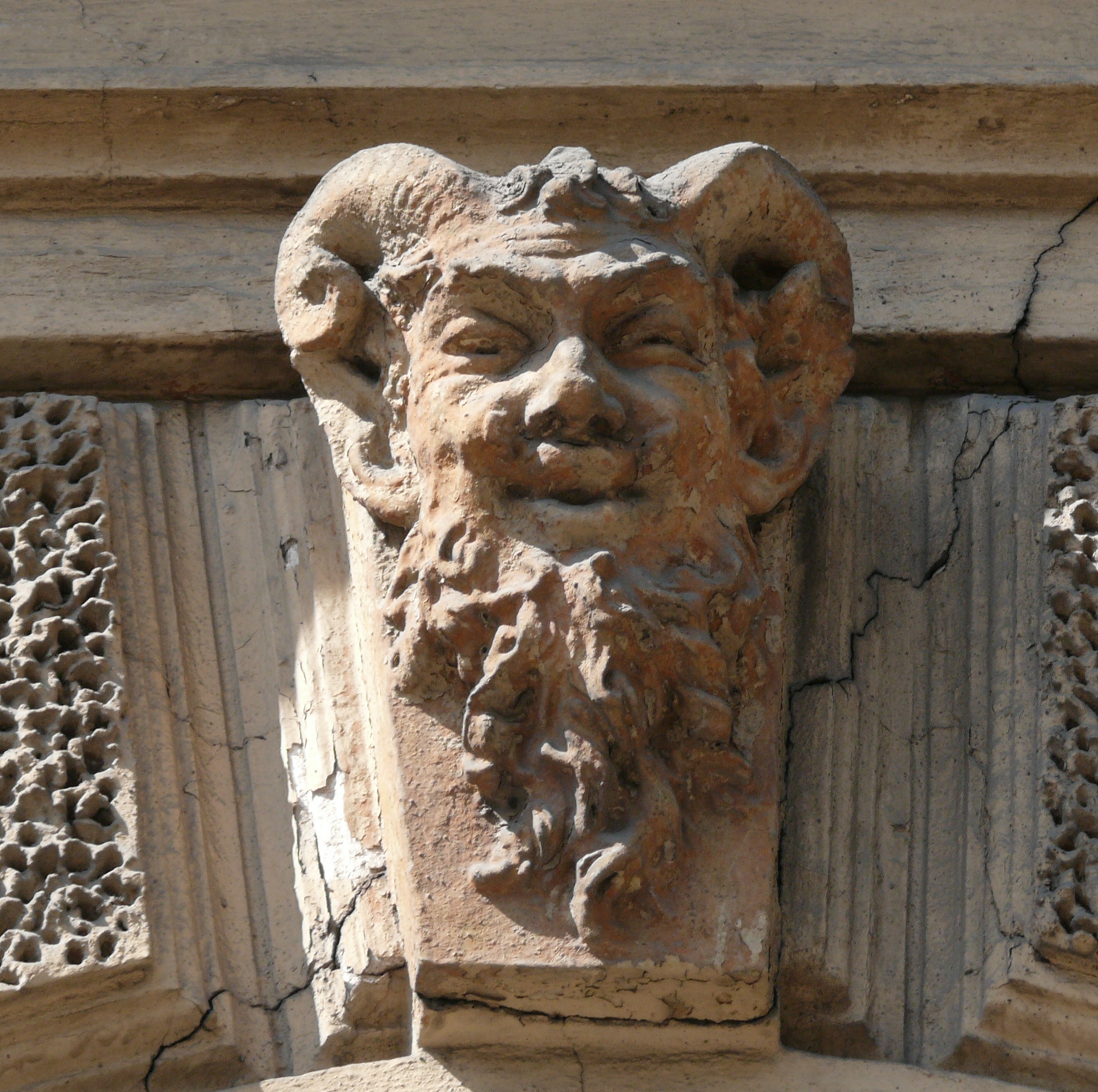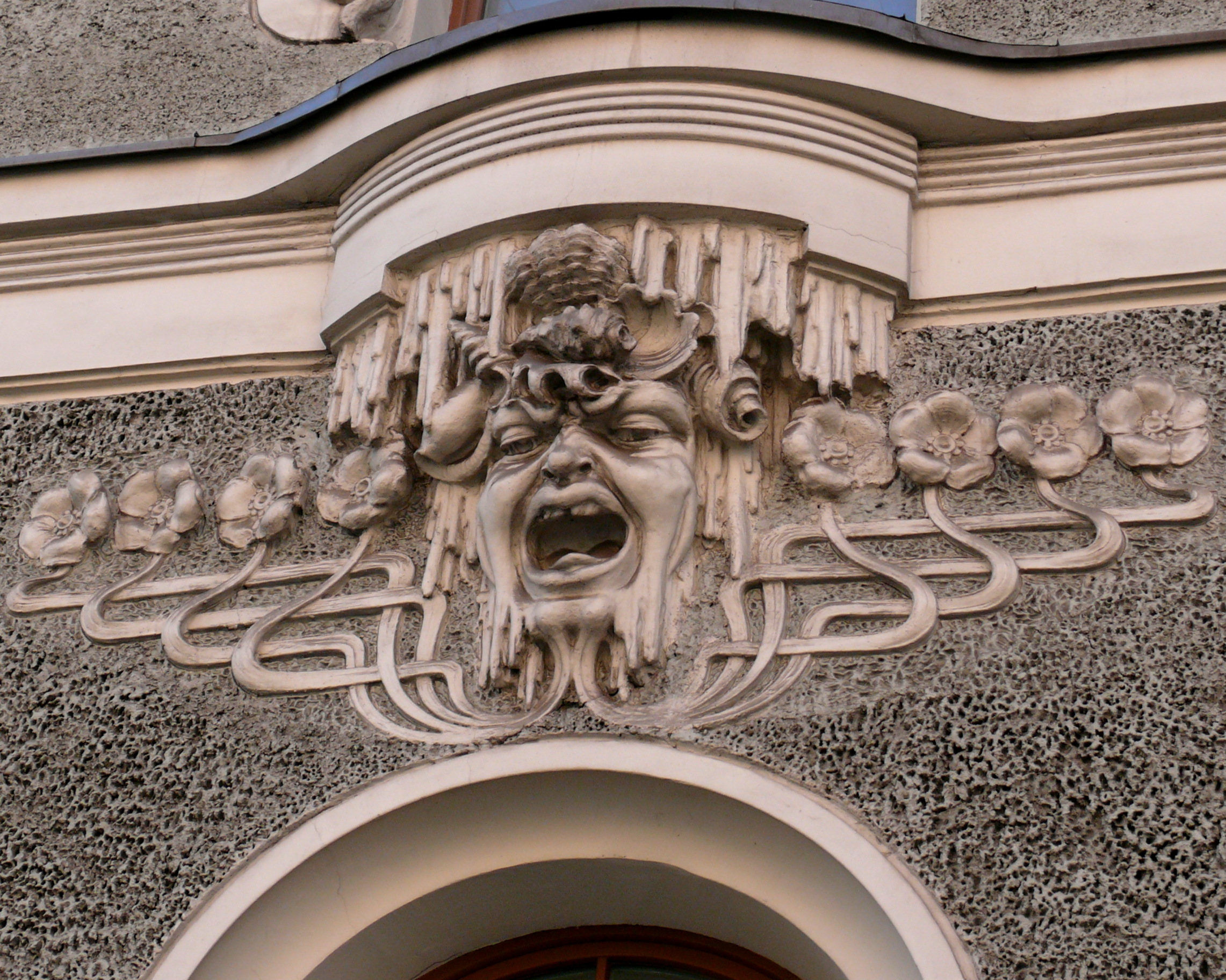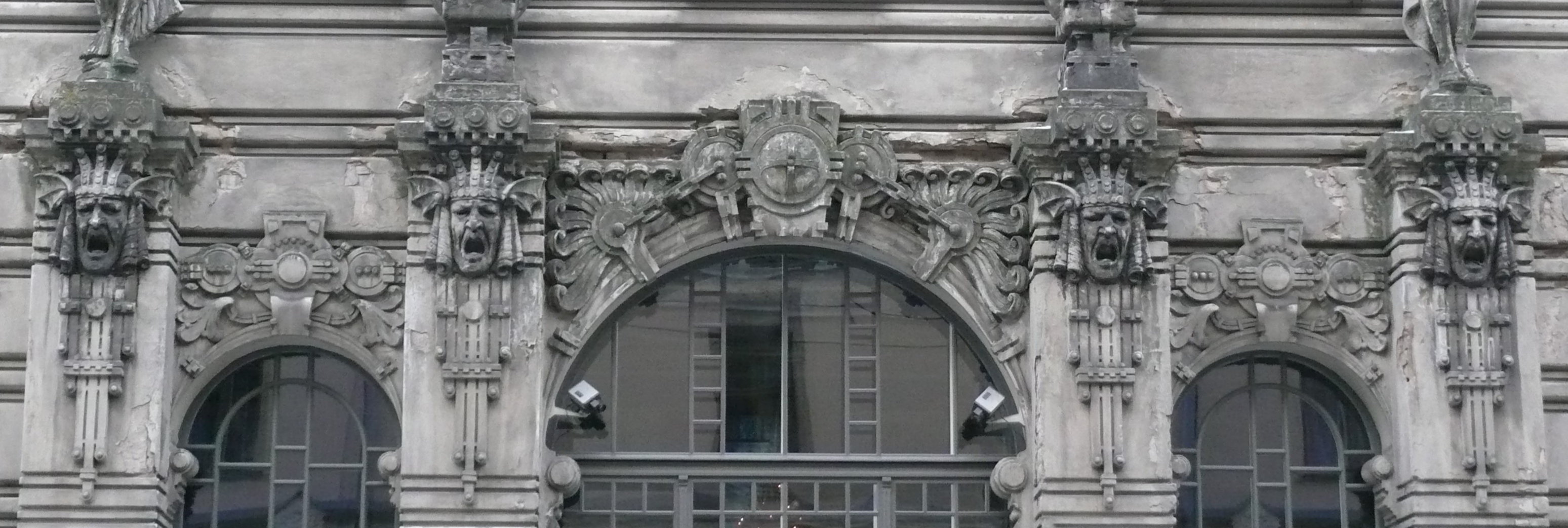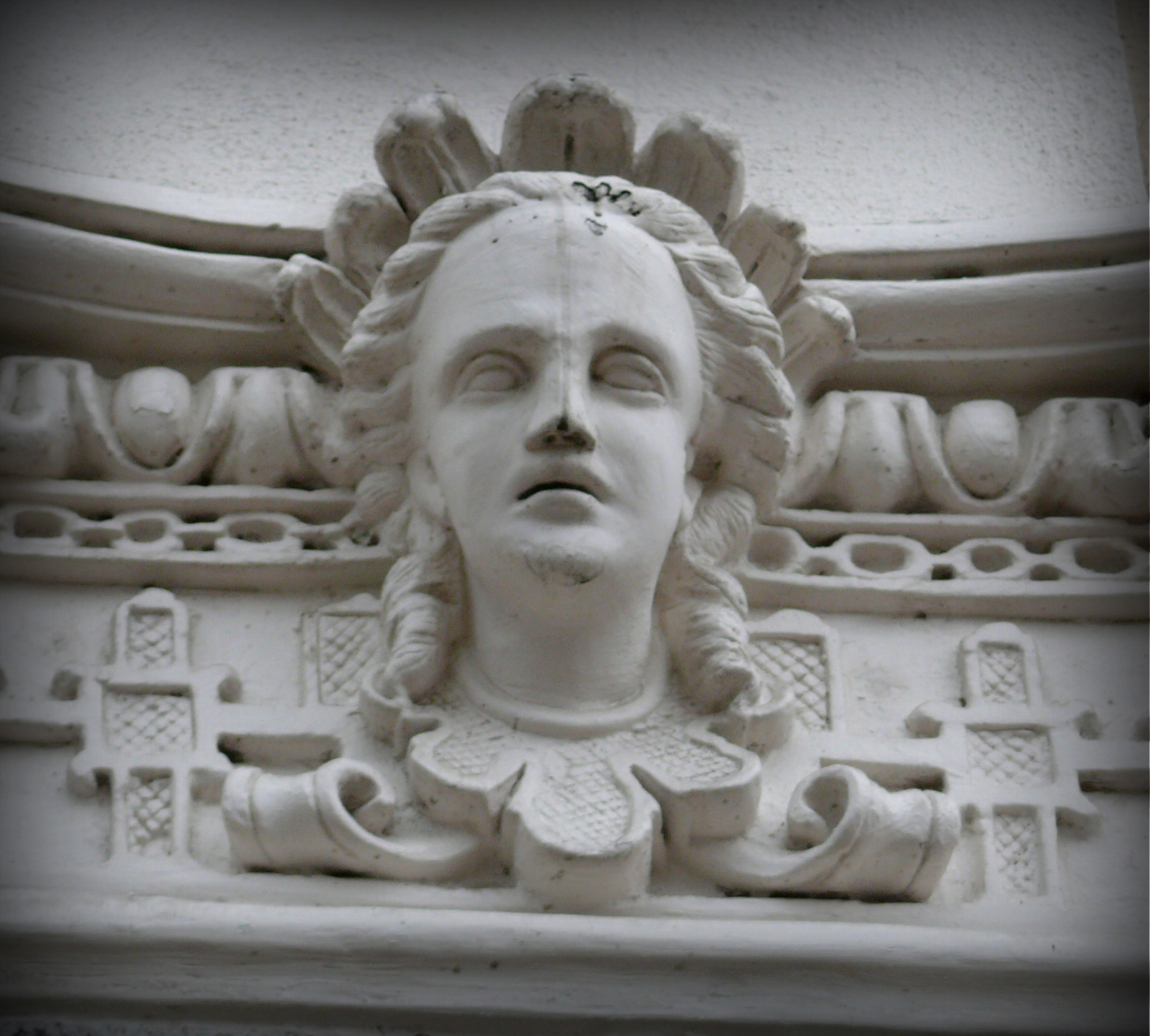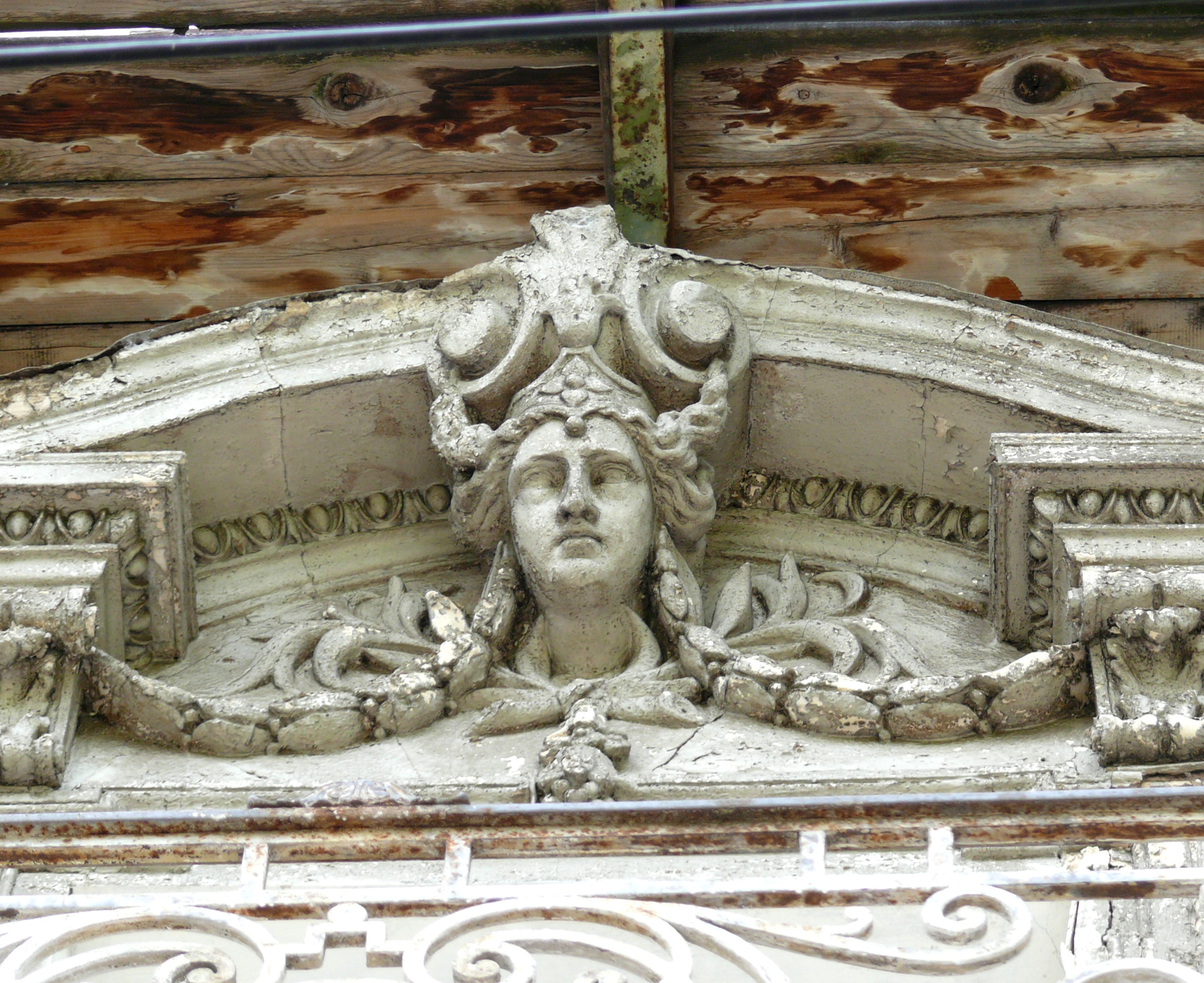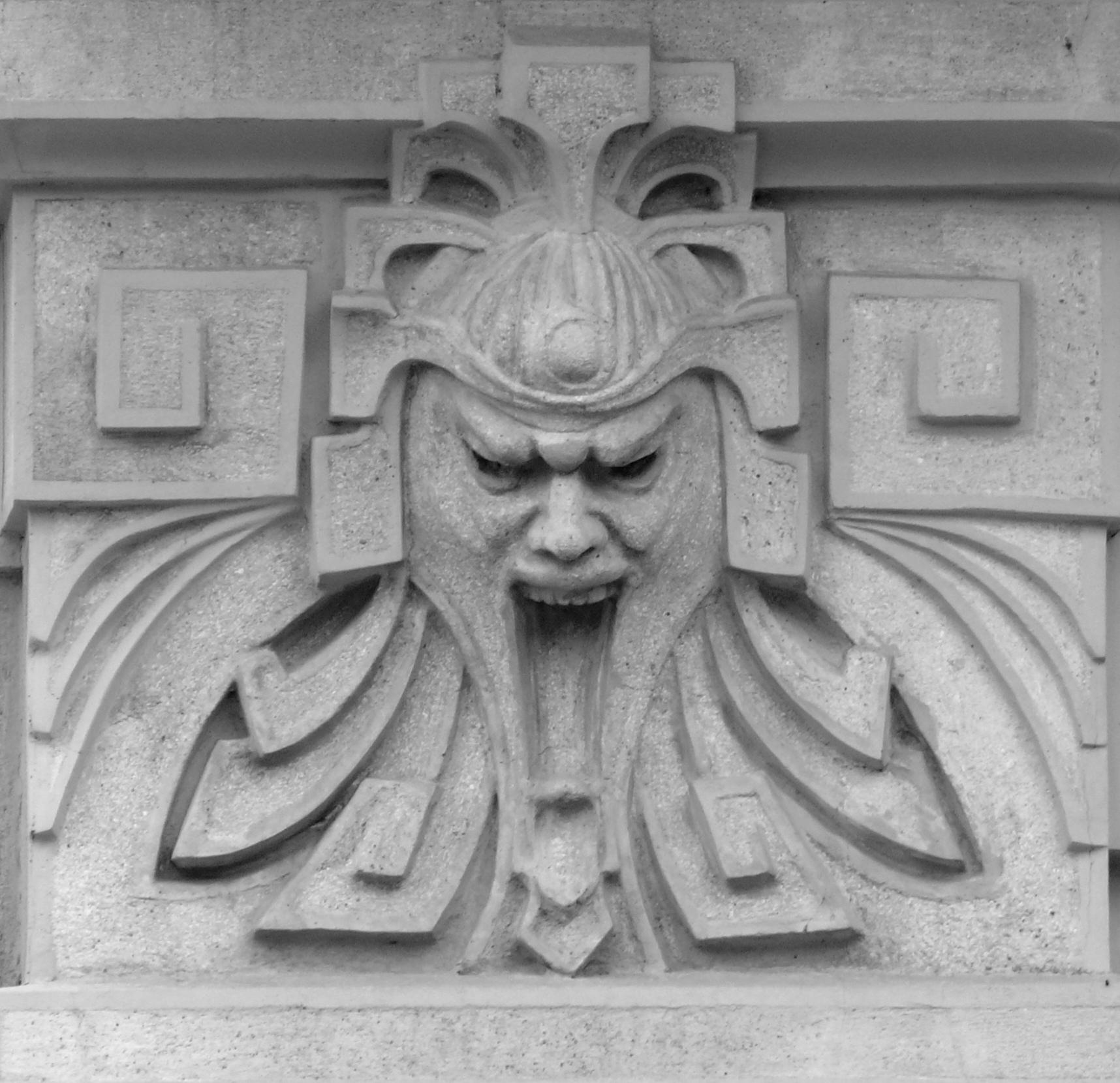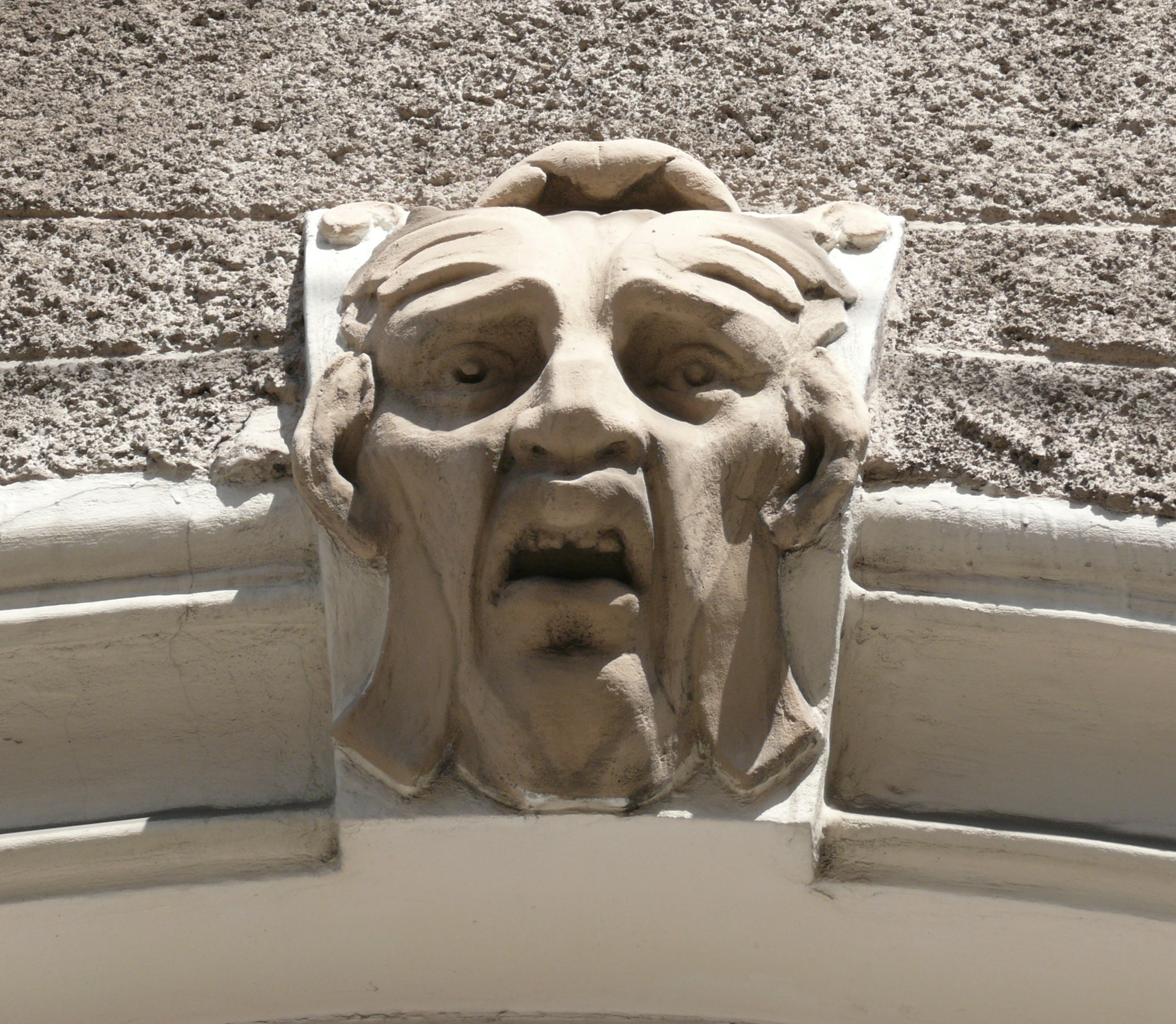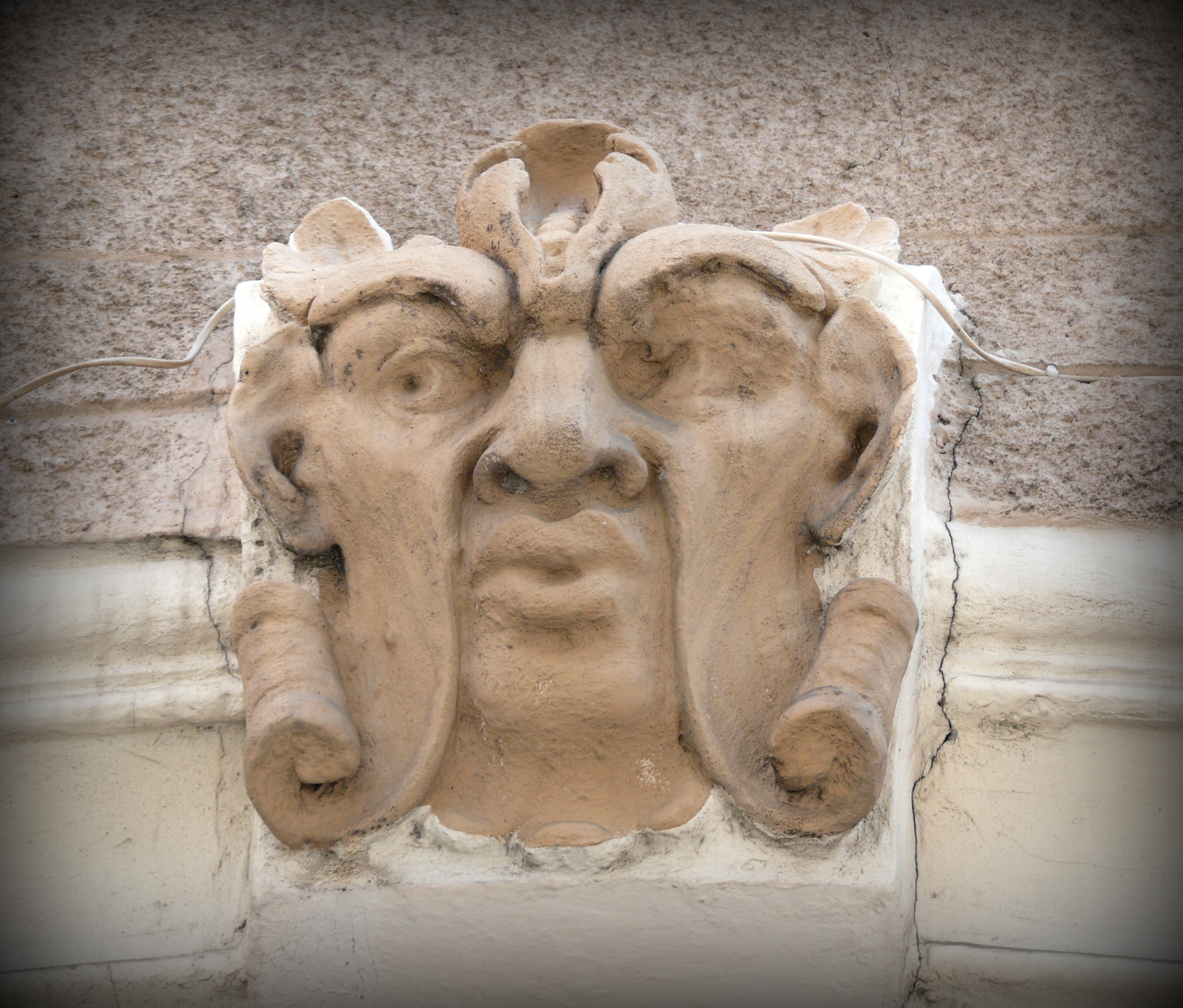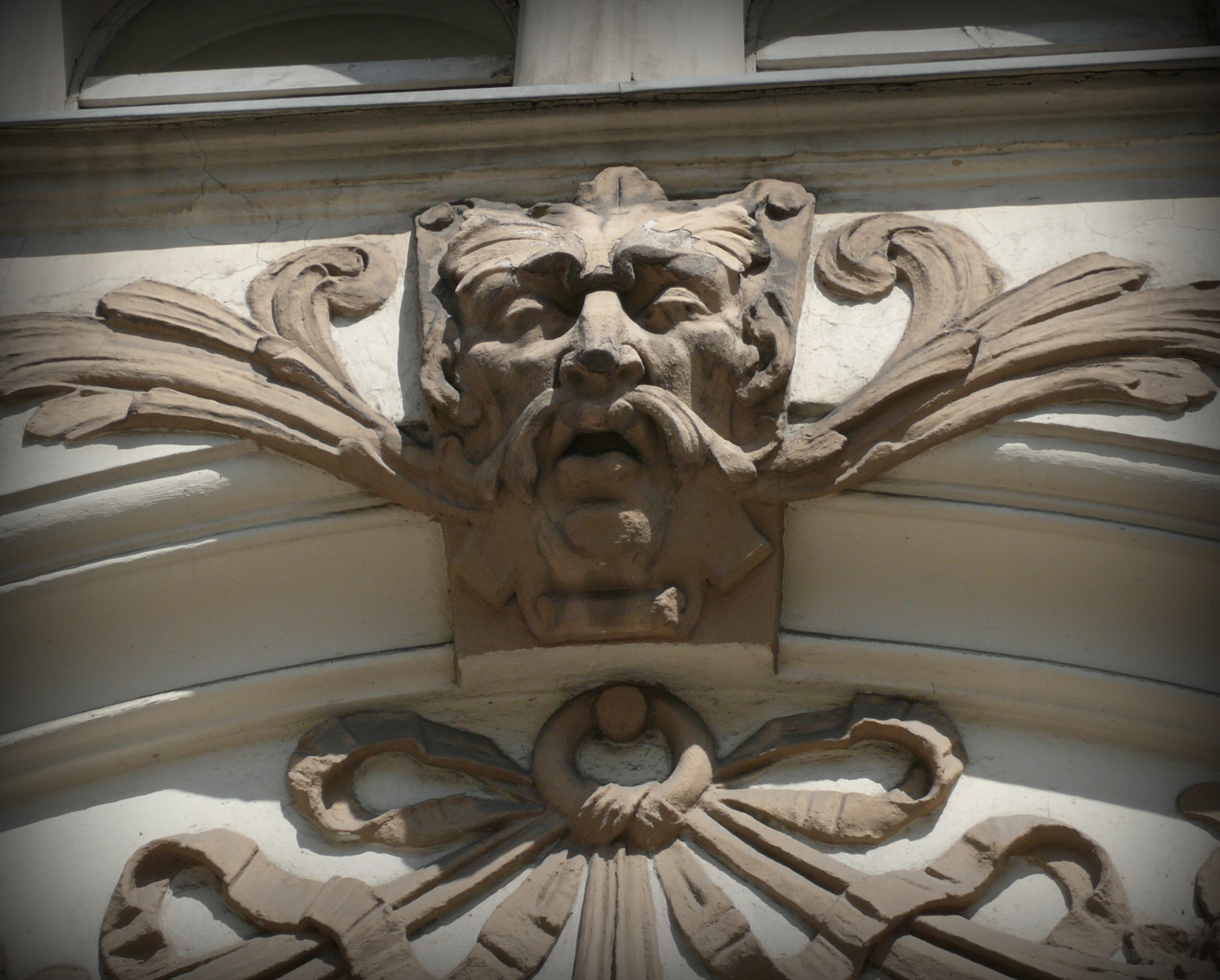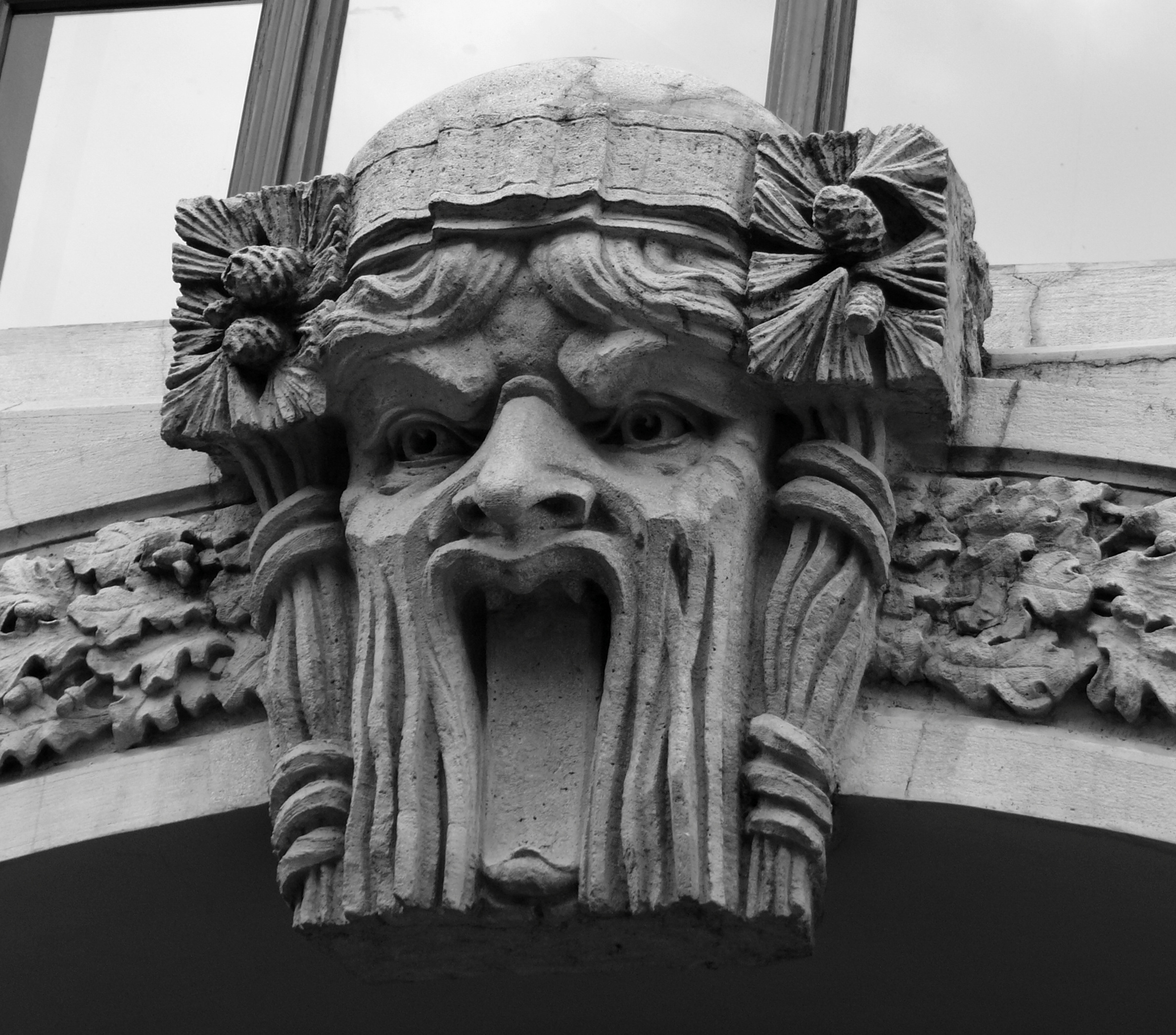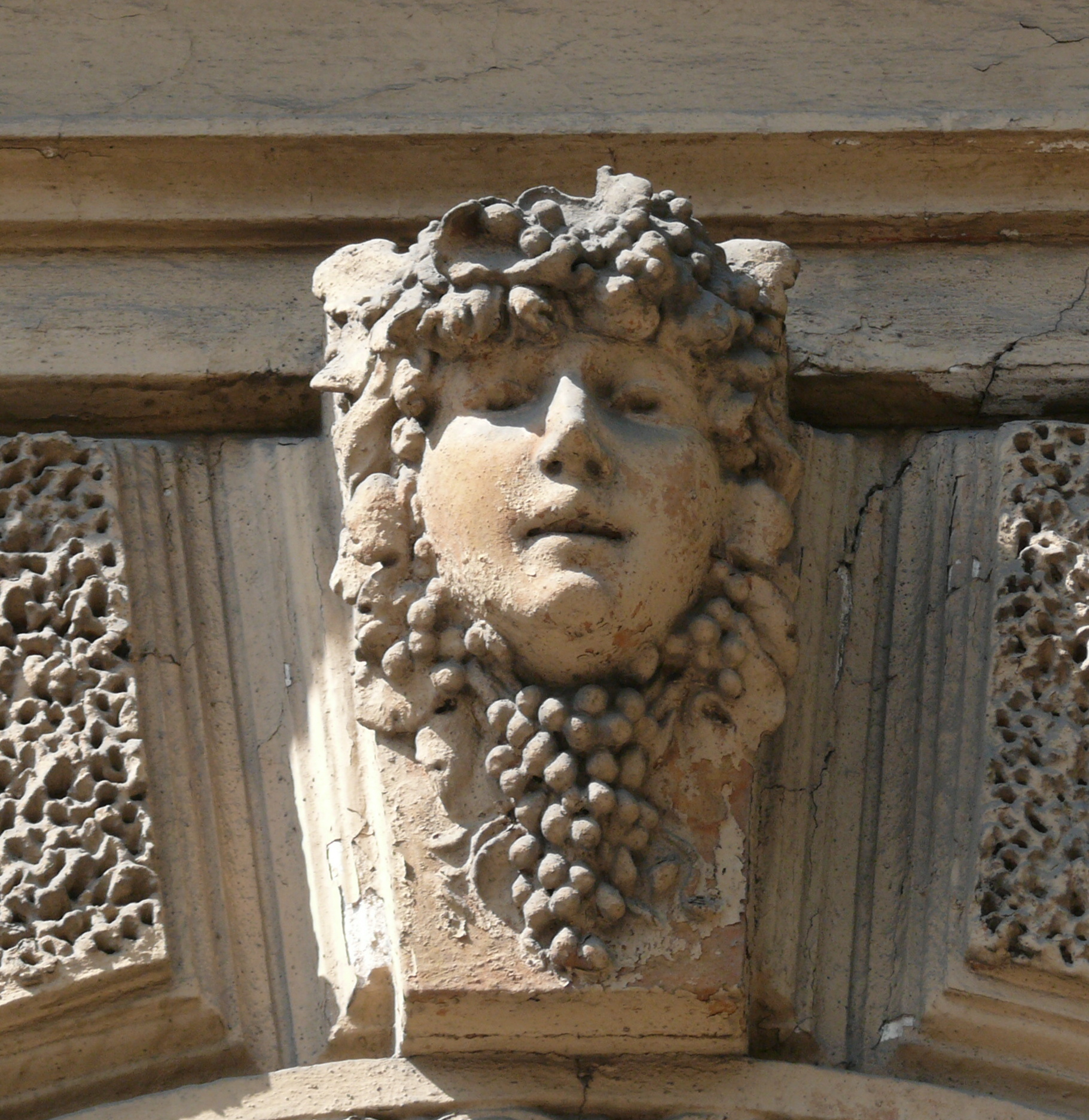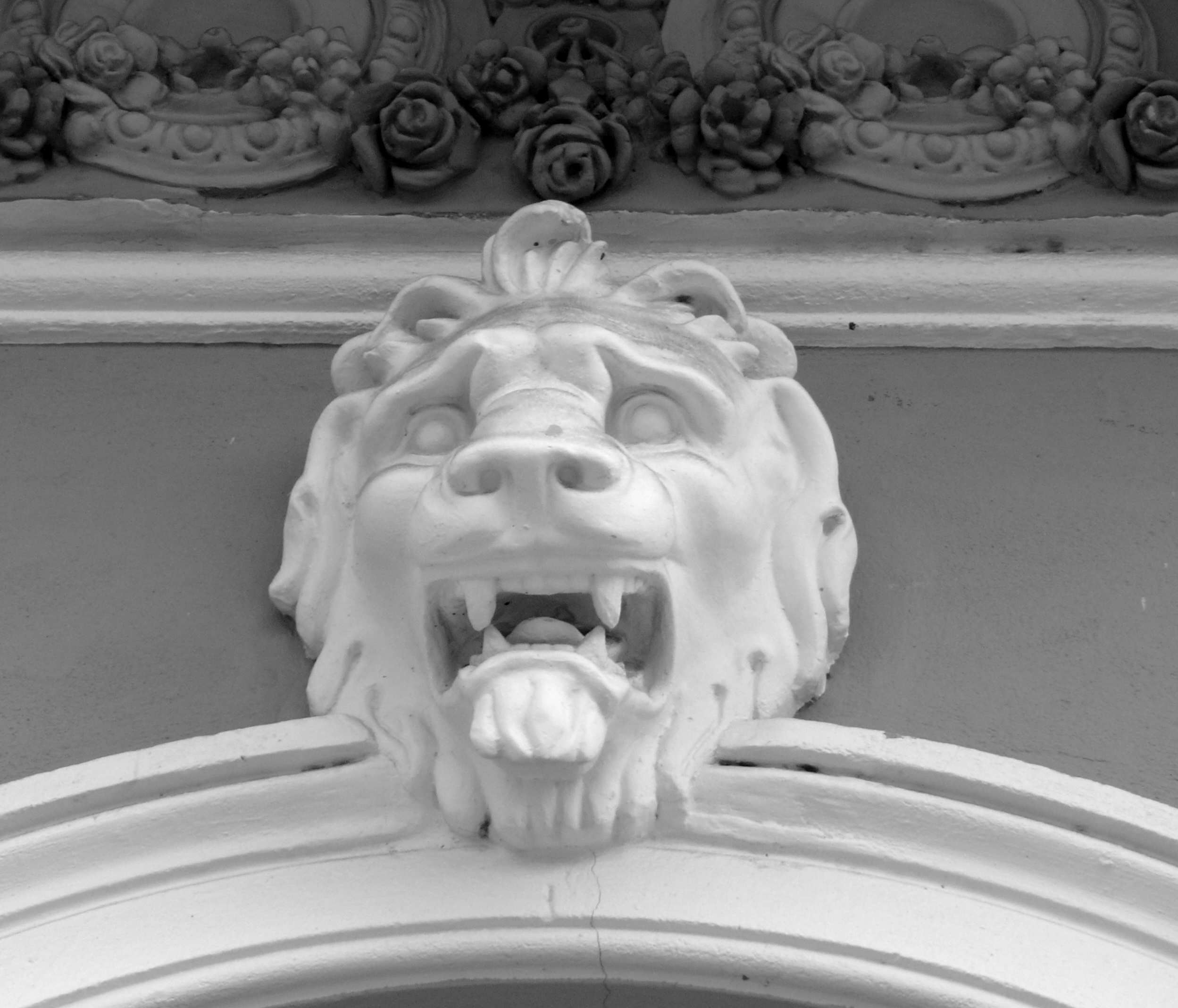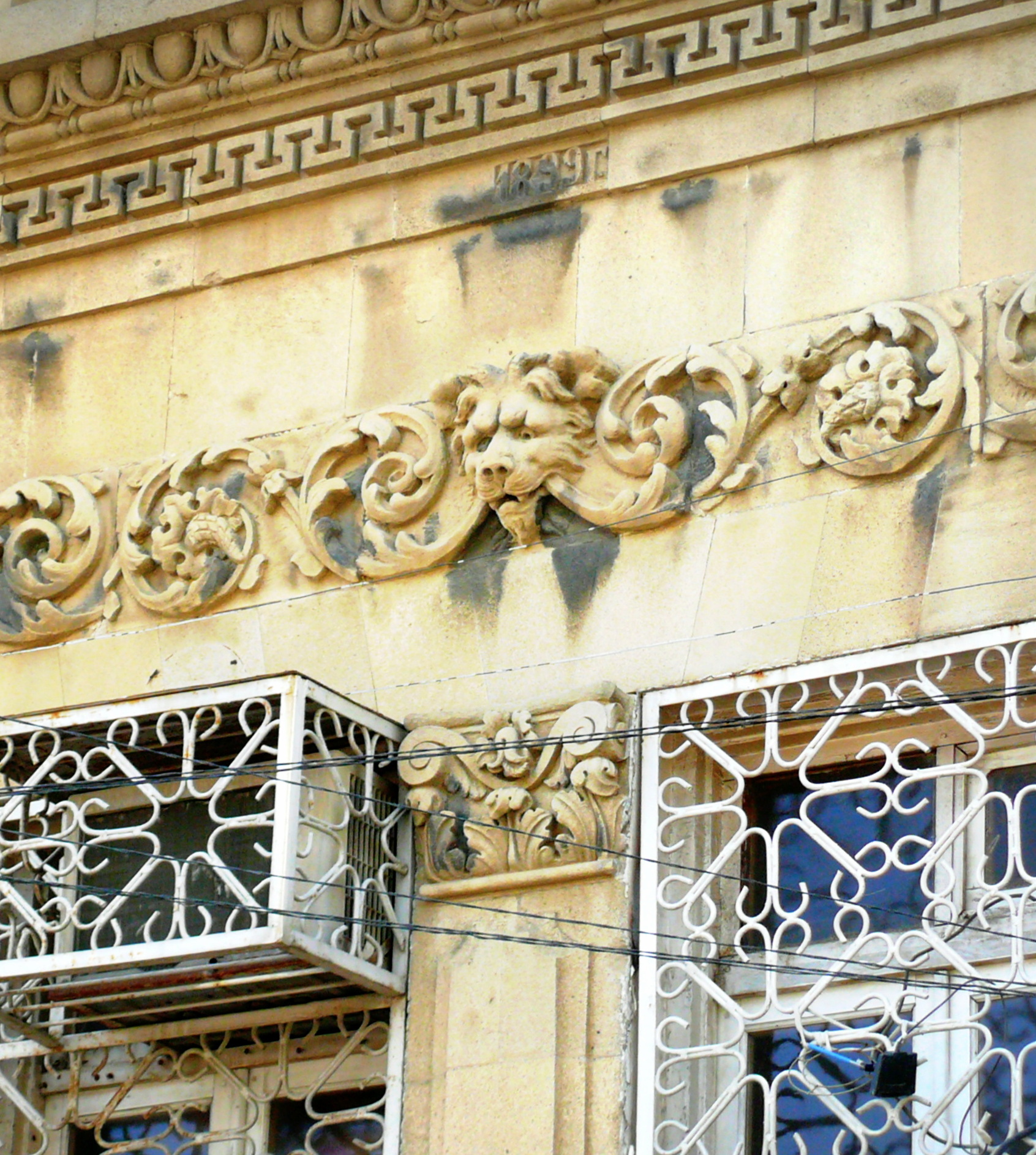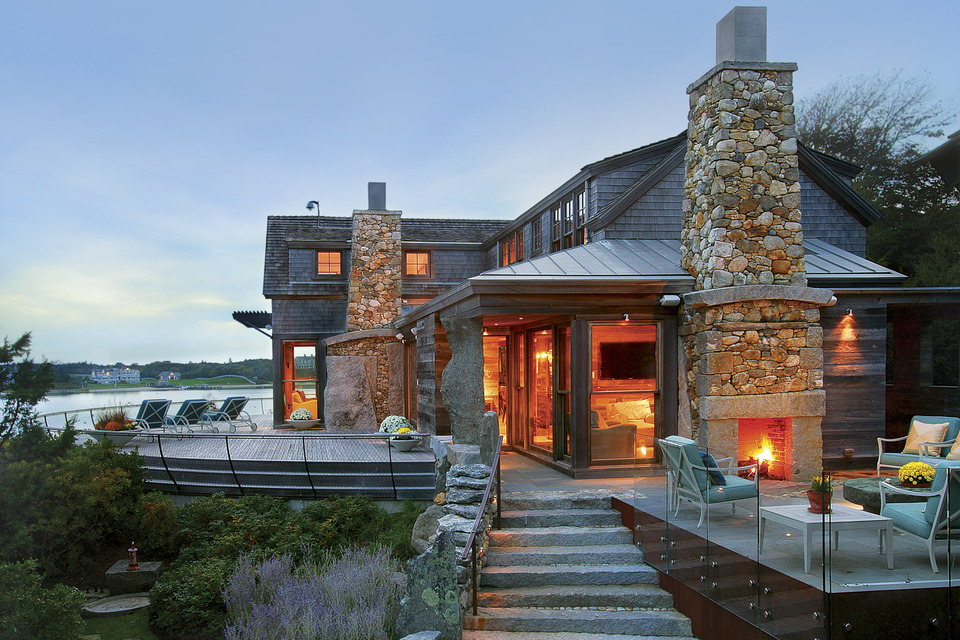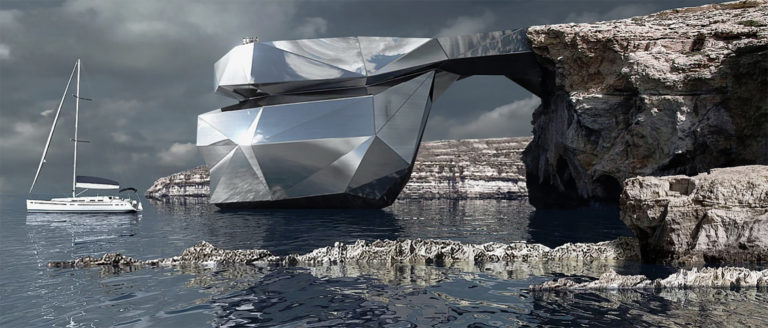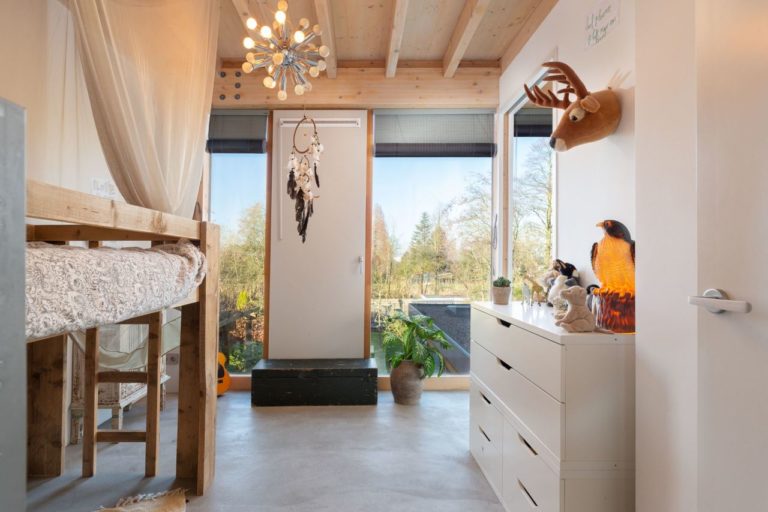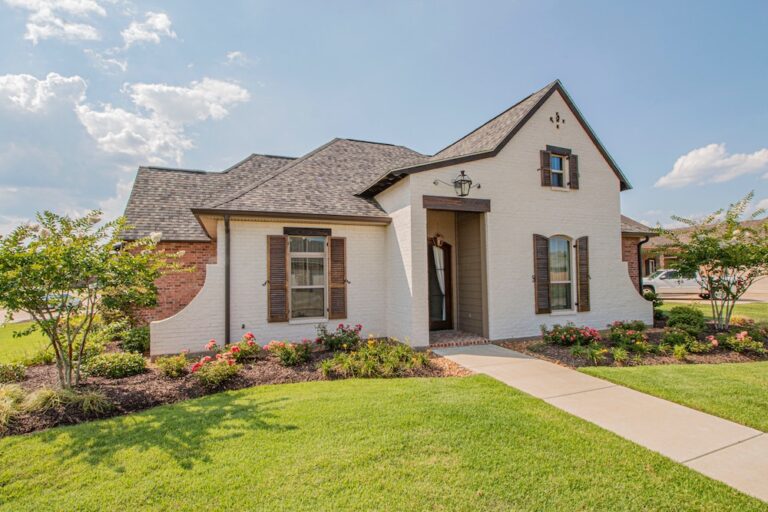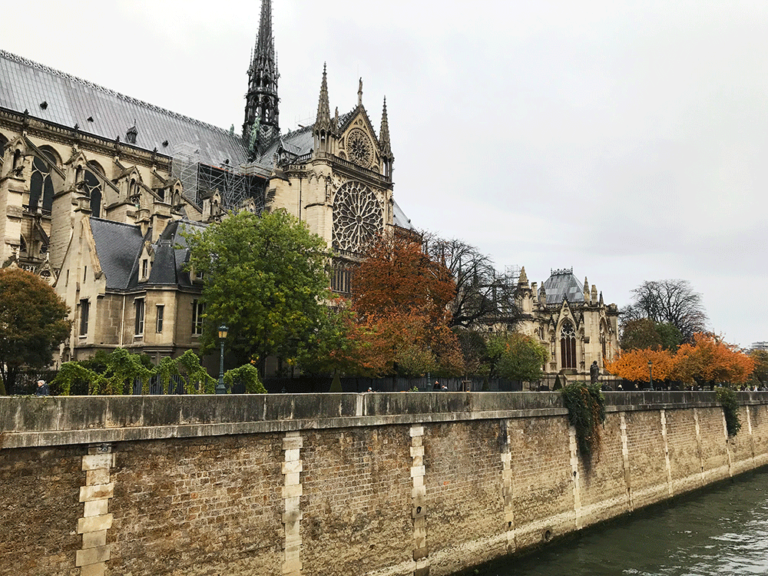Art Nouveau in faces: fantasy world of “New art”
Mascarons are perhaps the most enigmatic, appealing and whimsical elements of Art Nouveau architecture.
Mascaron is a type of sculptural decoration in architecture usually in the shape of human or animal head. They can have romantic, horrifying, comical or neutral look.
Originally the purpose of mascarons was to scare away evil spirits from homes and they used to have frightening or chimeric expression. That was the reason they were usually placed on the most visible places: above arches, windows or door openings.
Mascarons were present in most architectural styles: from Gothic to Baroque, and the most recent movement where they were actively involved was Art Nouveu. It incorporated mascarons from different epochs while also created new ones, specific for this style. Below are the photos from my recent trips to different countries, picturing different types of mascarons common for Art Nouveau architecture.
1) Beautiful women
In Europe it was mainly an image of “femme fatale” with long curly hair, mysterious and seductive look. In Russian Modern the female image was rethought and understood as a symbol of purity and spirituality: women there were shown as modest, innocent creatures.
2) Medusa-Gorgon
This lady has come to us from Greek mythology and was actively involved in architecture during Renaissance period. At that time she was placed to facades of the houses to scare evil creatures, who by seeing themselves in her eyes will become a stone. In Art Nouveau architecture though it started to symbolize independence of women and their emancipation.
3) Fauns and Satyrs
Imaginary characters from Roman mythology representing forest gods. They were inherited by Art Nouveau from Baroque period.
4) Grotesques, demons, chimeras
They were very common in Gothic buildings and used to have protective purpose (remember Notre Damme’s gargoyles?).
5) Antique Gods
Architects started to actively involve them during classicism and neo-classicism. Usually the image of relevant god was placed according to the building’s purpose: for example, Hermes or Mercury was featured on the trade buildings.
6) Masks
Masks were in human culture since ancient times. Originally they were used in religious rituals, usually with sacrifice purpose. Later theater was invented and actors started to use them in their performances. In Art Nouveau masks were very often featured on theaters, identifying the purpose of the building.
7) Green Man
Green Man is an image of a human made from or surround by foliage or other greenery. It appeared in early Middle Ages Art and symbolizes the rebirth of nature each spring when plants start to grow.
8) Animals
Usually lions are the most frequently featured, but sometimes foxes and dogs are pictured as well.
What makes Art Nouveu different from any other architectural style, is that it unites elements at first glance absolutely contradictory. It melts together Classicism, Gothic, Baroque and from this mixture creates beautiful buildings, which we admire even today. Have a look at this facade – how many different mascarons can you find here?:
Want to learn more about various interior styles? Check my “HISTORY OF STYLES” book:
[ebook_store ebook_id=”15760″]

